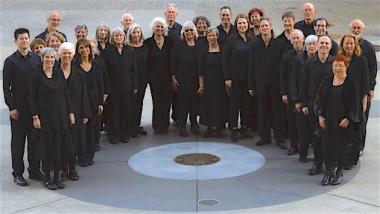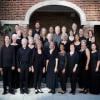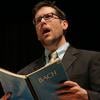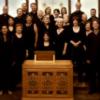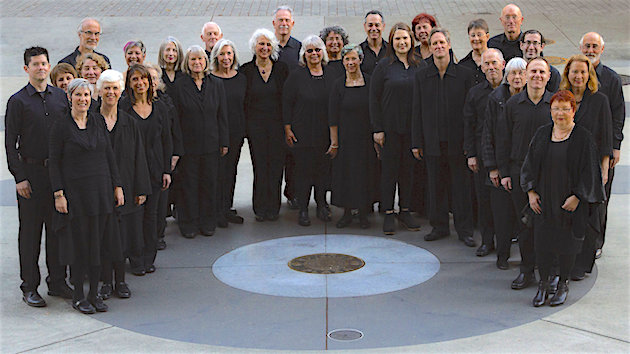
It is a tenet of cultural history that modernism was born in the trenches of World War I. In art, poetry, and novels, traditional forms splintered on an unprecedented scale under the pressures of the devastating experience of war. In music, as well, the grand prewar narratives of late Romanticism seemed increasingly untenable in a fragmented world: brevity, atonality, enigma, even shock, were watchwords of postwar music.
But not all responded to the war with a modernist impulse. In 1915, as the war deepened, Sergei Rachmaninoff composed his great All-Night Vigil, as un-modernist a piece as one could imagine. Deeply traditional, it is based on the chants and hymns of the Russian Orthodox church, set in a conservative 19th-century tonality, with text in the centuries-old liturgical language of Old Church Slavonic. Richly colored and expressive, Rachmaninoff’s a cappella choral work is an hour-long journey through Orthodox faith. Completely devoid of irony (a characteristic aspect of modernism), the Vigil whole-heartedly asserts God’s providential care and protection of the world. For Rachmaninoff, even in darkness there is light.
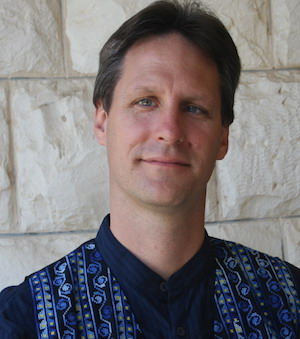
The All-Night Vigil is as difficult to perform as many of the great works of modernism, but in different ways: the language is strange to most American singers; the usual four-part choir has to divide often into eight or more lines; the complex harmonies are perilously exposed; the vocal range, especially for basses, is extensive; and the rapid shifts of dynamic and mood demand close and constant attention from the singers.
This weekend’s performances of the All-Night Vigil by the California Bach Society, conducted by Artistic Director Paul Flight, presented a moving rendition of this challenging work. I heard their final performance Sunday afternoon in Berkeley’s St. Mark’s Episcopal Church, where the 30-odd members of the chamber choir sang with confidence, skill, and passion, as Rachmaninoff’s masterpiece deserves.
Their diction conveyed the power of the text, especially in the deep, round Slavonic vowels that give such a rich dark tone to the sound; the choir negotiated the strings of difficult consonants (difficult, that is, to American mouths) with only an occasional hiccup in the rhythm.
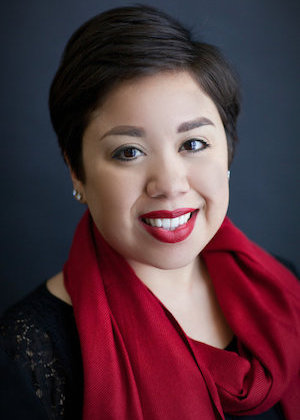
Rachmaninoff’s writing is largely homophonic — that is, the many voices often move together, vocalizing the same text at the same time in sequences of chords (as in hymns and chorales). The California Bach Society normally sings Baroque music, where polyphony dominates — lines weaving around each other, different voices singing the text at different times. Here, the group expertly managed the intonation challenges of homophony: Each chord, often far removed from the previous one, locked in — if not instantly, at least almost so. Although Russian church music is performed without accompaniment in liturgical settings, here, sensibly, the choir was supported by a small electronic organ that helped the tuning (it was not audible in the final texture, even from the third row where I was sitting).
The demanding bass lines were supported by two guest singers, Eric Alatorre and Glenn Miller, whose basso profundo voices grounded the section as a whole, in particular with an astonishing low B flat (in the third octave below middle C!). Solo passages were sung with noble clarity by tenor Mark Bonney and with moving expressiveness (and sensitive Russian diction) by mezzo-soprano Gabriela Estephanie Solis.
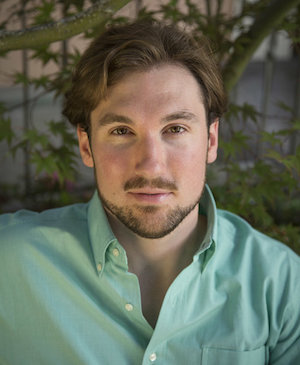
Rachmaninoff’s very specific dynamic markings, which litter the score, were attentively performed, although the quietest passages (pianissimos, and sometimes even pianississimo — marked “ppp”) were louder than they should have been.
Flight’s sensitive and expansive leadership gave a trajectory to each of the 15 movements, and to the work as a whole. This long, demanding piece needs conviction and focus, and the ensemble seemed to have both of those in abundance.
In 1915, early in the Russian Revolution, Rachmaninoff’s conservative All-Night Vigil was surprisingly viable, but a few years later, with the enforced modernity of the secular Soviet state, the Vigil’s romanticism and its faith were untenable there, and the composer left his homeland for the United States. A hundred years later, the piece is fascinating both as a glimpse of a time of intense cultural transition and as a gorgeously expressive testament to spiritual resilience and joy, even in dark times.

